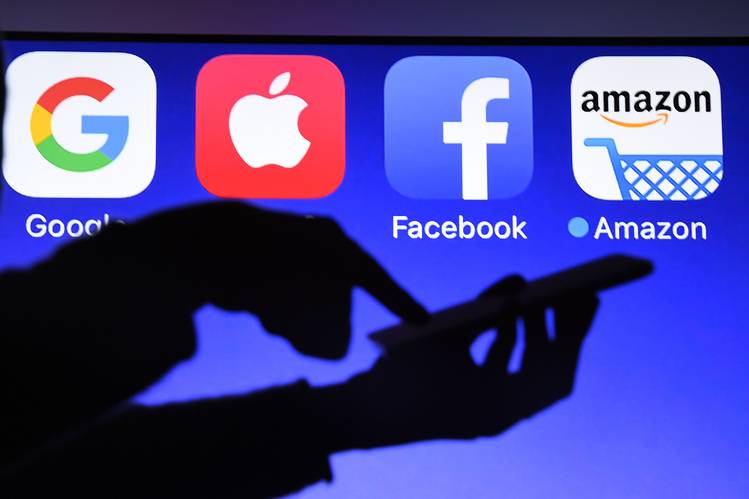
Breaking the Duopoly: Can the Ad-tech industry stand-up against Facebook and Google
10 Mar 2020
With advances in technology the public’s attention drifted from radios, newspapers and televisions to computers and smart phone; advertising capital followed them from one medium to the next. The Internet burst into our lives and soon turned into the most popular mode of communication; at last count 3.2 billion people globally today have access to it.
Google and Facebook; the two Californian Tech giants have a digital reach and scale that remains unparalleled. These brands connect with at least a billion people online and they are successfully monetizing this attention by selling ad spaces. In 2016 alone, Google and Facebook together accounted for around 75% of new online ad spending, which is not a surprising statistic considering that advertising is ultimately about selling attention.
The treasure trove of data on their users that these companies have access to is what advertisers seek to target through the platforms. However, as a result of their market power, the two firms have created a walled garden where the amount of data and analytics that advertisers can access to track their campaign’s performance is limited. Their metrics are measured by third parties but both companies have often come under flak for not using unified metrics that align with other digital companies.
Create their own niche: Leveraging ad tech efficiently can help startups and smaller companies punch above their weight and create their own space in a market that has become one of the largest in the world and is worth billions. Ad tech firms must be experts in specific areas so that their services remain in demand among brands no matter who controls the market. Agencies should allocate a certain amount to R&D (Research and Development) to ensure that they can come up with innovative technologies that will help them become and remain pioneers in their chosen fields; guaranteeing that brands will look no further than them. Players in a niche market mostly have better success rates and can become major players in a shorter span of time.
Offer Transparency: Most brands are exhausted of paying more and more for their digital advertising and seeing less and less return on their investment. Agencies must provide complete information on metrics, fees, safety, partnerships, costs, ad placements and products to provide the client with a business that they can trust. ‘This means that the two should be communicating regularly about what the agency is doing for the company and just how well those methods are working. A number of experts are now referring to digital advertising as a con largely because of the negative headlines from 2017; the best way to counter this is by allowing outside auditing. Agencies must be able to prove to the client that their targeting works and that calls for outsiders to analyze their data.
Incorporate AI into Ad Tech: According to the ANA (Association of National Advertisers) the marketing word of the year for 2017 was AI or Artificial Intelligence. AI can successfully predict user click and conversion probability, align advertisements with user demographics and browser history and improve the recommendation algorithms all of which will directly benefit both the client and the agency. It can also make marketing smart and personalized which is what most brands are looking for from their digital marketing agencies. A number of startups have also made progress on making machine learning less data hungry which could upend the data economics of AI and change the dynamics of power between data rich and data poor companies.
Track and Analyze Device Behavior: Ad agencies don’t necessarily need a cross – platform design, but they must ensure that they can reach the market their clients target by keeping track of users as they move across devices, media and moments. India is currently the largest smartphone market in the world and agencies must ensure that the mobile experience is convenient and memorable to improve engagement. Wearables; the new kid on the block must also be taken into consideration. It has a rapidly growing user base and signifies a momentous proliferation of technology into our lives which can be utilized to make brands omnipresent in the thoughts of consumers. The data that these wearables generate will also give brands more connectivity and a far more comprehensive view about their consumers.
Businesses can no longer afford to drive blind. They need a clear voice which will personally engage with consumers who are increasingly expecting a fair value exchange for their data and define the customer-to-brand relationship. That means we need to stop talking at customers and start listening to what they want because marketing is a privilege not a right.
